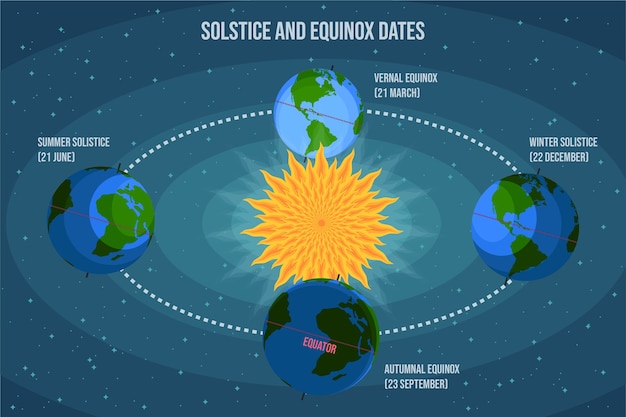Fascinating Facts about the Troposphere

The troposphere is the lowest atmospheric layer, extending from the Earth’s surface up to about 10-15 kilometers.
It is where all weather phenomena occur, including clouds, rain, and storms.
The troposphere contains about 80% of the total mass of the atmosphere.
Temperatures in the troposphere decrease as altitude increases.
The boundary between the troposphere and the layer above, known as the stratosphere, is called the tropopause.
The troposphere is the most active layer in terms of atmospheric mixing and circulation.
Airplanes primarily fly in the troposphere.
The troposphere has the highest concentration of water vapor.
The troposphere is responsible for regulating the Earth’s climate system.
Pollution and pollutants are mostly concentrated in the troposphere.
The troposphere is the layer directly influenced by human activities.
The troposphere is where most greenhouse gases are located.
The troposphere is crucial for supporting life on Earth by providing oxygen and regulating temperatures.
The troposphere is characterized by vertical movement of air masses.
The troposphere experiences the most significant variations in temperature and pressure.
The height of the troposphere varies with latitude and season.
The thickness of the troposphere is greater near the equator than at the poles.
The tallest mountains on Earth, such as Mount Everest, penetrate into the troposphere.
Fascinating Facts about the Troposphere part 2
The troposphere plays a significant role in the water cycle.
Cloud formation is a result of water vapor condensing in the troposphere.
Thunderstorms, hurricanes, and tornadoes occur in the troposphere.
The troposphere is where most weather forecasting takes place.
The troposphere acts as a barrier, preventing harmful cosmic rays from reaching the Earth’s surface.
The troposphere experiences turbulence due to the mixing of air masses with different properties.
Atmospheric pressure decreases with altitude in the troposphere.
The troposphere is the densest layer of the atmosphere.
The troposphere is heated primarily by the Earth’s surface.
The layers of the troposphere include the planetary boundary layer, free atmosphere, and the residual layer.
The troposphere is thicker during the day due to solar heating.
The troposphere is thinner at night due to radiational cooling and a decrease in solar heating.
The troposphere contains trace amounts of naturally occurring greenhouse gases such as methane.
The troposphere is characterized by horizontal winds and air currents.
The troposphere’s composition includes nitrogen, oxygen, and traces of other gases.
The temperature inversion is a rare occurrence in the troposphere when temperature increases with altitude.
The troposphere is a dynamic layer where warm air rises and cold air sinks.
The troposphere’s temperature range varies from -60 degrees Celsius to 20 degrees Celsius.
The troposphere is where weather balloons are launched to collect data on temperature, humidity, and pressure.
The troposphere is a boundary between the living environment of humans and the vastness of space.
The troposphere helps protect life on Earth from harmful solar ultraviolet radiation.
The troposphere is where the majority of atmospheric chemistry occurs.
The tropospheric ozone layer, which is primarily human-made, contributes to air pollution and climate change.
The troposphere is affected by natural phenomena such as volcanic eruptions and forest fires.
The troposphere’s stability can be influenced by variations in radiation, humidity, and wind patterns.
The troposphere affects sound propagation, leading to phenomena like temperature inversions causing soundwaves to be trapped.
The troposphere is a constantly evolving system, influenced by both natural and anthropogenic factors.

